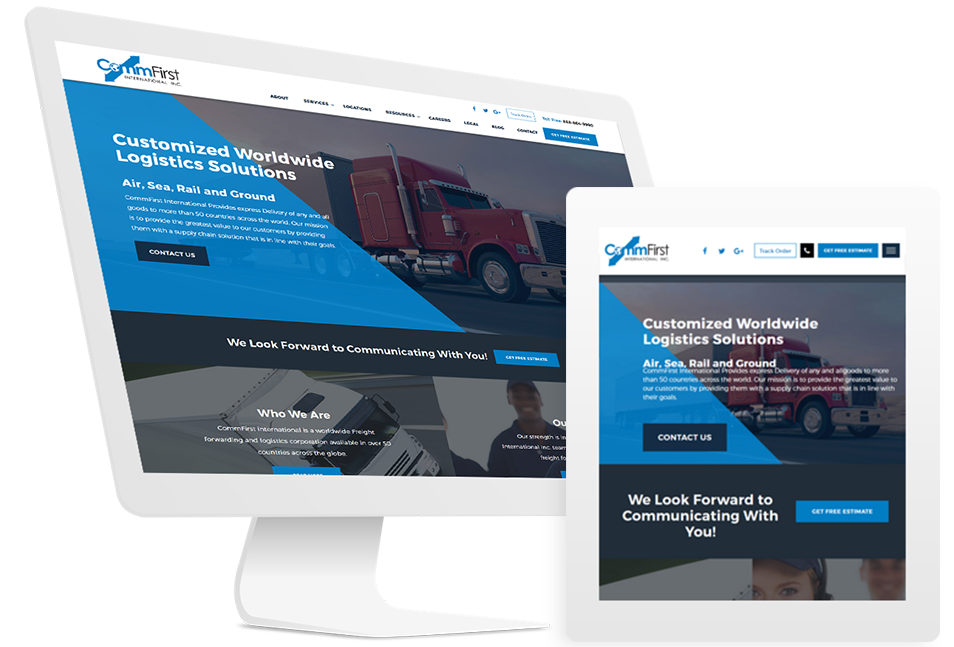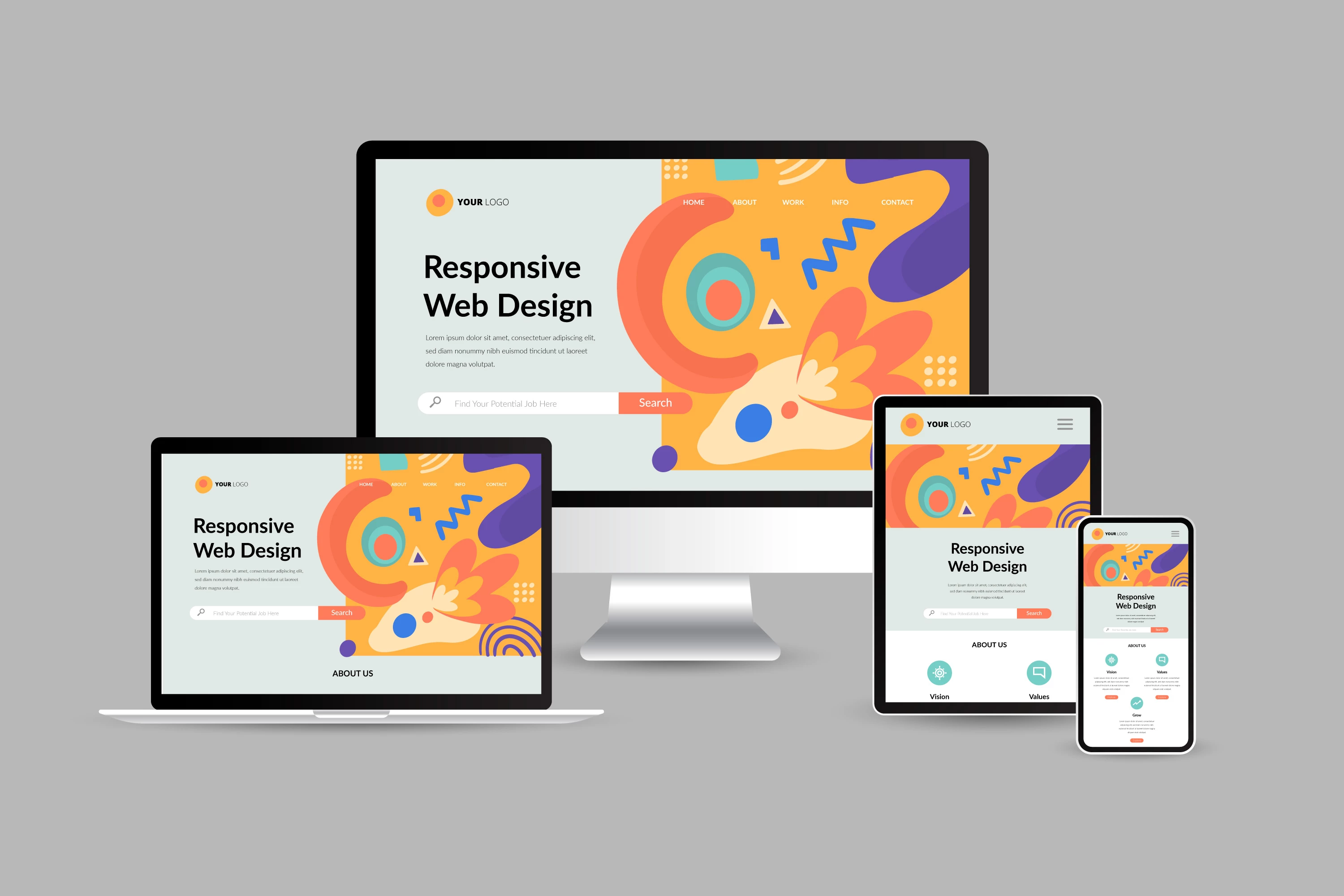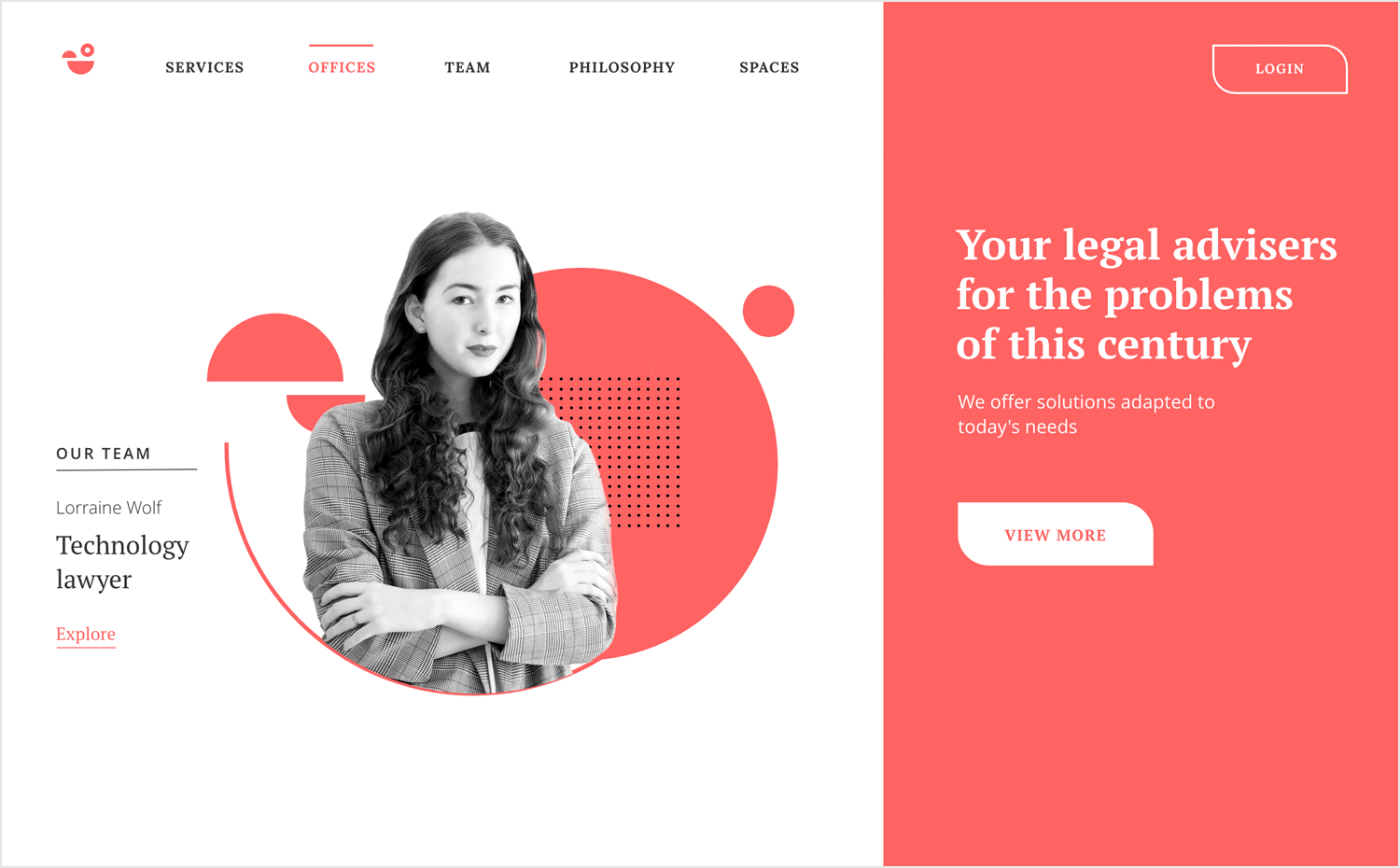Cutting-Edge Website Design Services with a Focus on User Experience
Cutting-Edge Website Design Services with a Focus on User Experience
Blog Article
Leading Tips for Creating an Impactful Site Layout That Transforms
To accomplish this, one should consider a selection of elements, consisting of recognizing the target audience, focusing on individual experience, and optimizing for mobile systems. The calculated usage of engaging call-to-actions and a distinct visual power structure plays an important duty in guiding users through their trip.

Understand Your Target Market
Recognizing your target audience is fundamental to effective web site design, as it prepares for creating an appealing user experience. Determining who your customers are, including their demographics, preferences, and habits, makes it possible for designers to tailor the site's material, design, and functionality to satisfy particular requirements.
Performing thorough marketing research is crucial in this procedure. Surveys, meetings, and analytics can supply beneficial understandings into individual assumptions and pain points. By assembling this data, developers can create user personalities that stand for different segments of the target market, ensuring that design decisions are notified and pertinent.
Additionally, understanding the target market helps in choosing ideal layout components such as color design, typography, and imagery that reverberate with customers. A site that speaks directly to its audience cultivates a feeling of link and depend on, urging longer brows through and greater conversion rates.
Inevitably, a user-centered approach to site layout not just improves individual complete satisfaction but additionally sustains organization goals by driving involvement and commitment. By focusing on the demands and choices of the target audience, a website can efficiently serve its purpose and attain wanted end results.
Prioritize User Experience
To improve the overall effectiveness of an internet site, prioritizing user experience (UX) is important (Website Design). A properly designed UX guarantees that visitors can browse the website easily, locate details promptly, and involve with content meaningfully. This brings about increased user complete satisfaction and higher conversion rates
Begin by implementing user-friendly navigating. Menus must be logically structured, enabling customers to situate vital locations of the website with marginal effort. Uniformity in layout elements, such as color design and fonts, cultivates experience, which is important for preserving user engagement.
Furthermore, consider the loading speed of your internet site. A hold-up of simply a few secs can cause significant drop-offs, as individuals are less likely to await a slow-loading web page. Simplifying photos and maximizing code can boost efficiency and keep visitors.
By focusing on user experience, you not just produce a much more satisfying environment for site visitors yet likewise reinforce your brand name's reliability. Inevitably, a focus on UX is an investment in the lasting success of your internet site.
Maximize for Mobile Gadgets
Maximizing for mobile phones is important in today's digital landscape, where an increasing number of users accessibility internet sites via smartphones and tablet computers. A see this page mobile-friendly design not only boosts individual experience but likewise plays a substantial function in improving search engine positions. To achieve this, it is important to embrace a responsive style that instantly adapts to different screen dimensions and positionings.

Packing speed is another vital aspect; mobile customers are commonly less patient and expect fast accessibility to information. Optimize photos and take advantage of web browser caching to improve performance. Examination your web site on several gadgets and screen resolutions to recognize and remedy any possible use issues. By focusing on mobile optimization, you make sure that your internet site remains competitive and efficiently involves a more comprehensive target market.
Use Engaging Call-to-Actions
A website's efficiency typically rests on its ability to direct site visitors toward desired activities, making engaging call-to-actions (CTAs) vital parts of design. CTAs serve as the crucial factors that route individuals to engage with the website, whether that indicates purchasing, signing up for a newsletter, or downloading a resource.
To create reliable CTAs, clarity is vital. Use concise language that clearly connects the action you desire the user to take. Phrases such as "Get going," "Join Free," or "Shop Now" not only communicate urgency yet likewise remove obscurity. The placement of CTAs is equally crucial; they need to be strategically positioned throughout the page to ensure they are conveniently noticeable, especially in high-traffic locations.
In addition, take into consideration utilizing directional cues, such as arrowheads or images, to lead users towards these switches. By concentrating on these elements, companies can dramatically improve individual interaction, driving conversions and eventually achieving their website's goals.
Concentrate On Visual Power Structure
Reliable web try this site site layout depends greatly on a well-structured aesthetic hierarchy that overviews individuals through material perfectly. By organizing elements in a manner that prioritizes information, developers can improve user experience and assist in decision-making. This entails using size, shade, comparison, and spacing tactically to attract interest to the most critical components of a website.
Making use of bigger typefaces for headings and subheadings develops a clear distinction in between different areas, allowing users to scan content effortlessly. Additionally, employing contrasting colors for switches and calls-to-action can capture user focus and motivate interaction. Whitespace is one more essential part; it stops mess and allows users to concentrate on key messages without interruptions.
Photos and graphics should match the message while likewise sticking to the recognized pecking order, enhancing the total message (Website Design). Consistency in design elements, such as shade schemes and typography, further reinforces the visual hierarchy, making navigating intuitive

Conclusion
To basics conclude, effective web site design necessitates an extensive understanding of the target audience, prioritization of user experience, and mobile optimization. The strategic use of engaging call-to-actions and a distinct aesthetic power structure additionally boosts user engagement. By executing these concepts, web sites can achieve greater conversion rates, making certain that design components not only attract visitors however likewise promote smooth navigating and communication. Inevitably, a well-executed internet site layout offers as a crucial part in driving individual actions and accomplishing service objectives.
Report this page